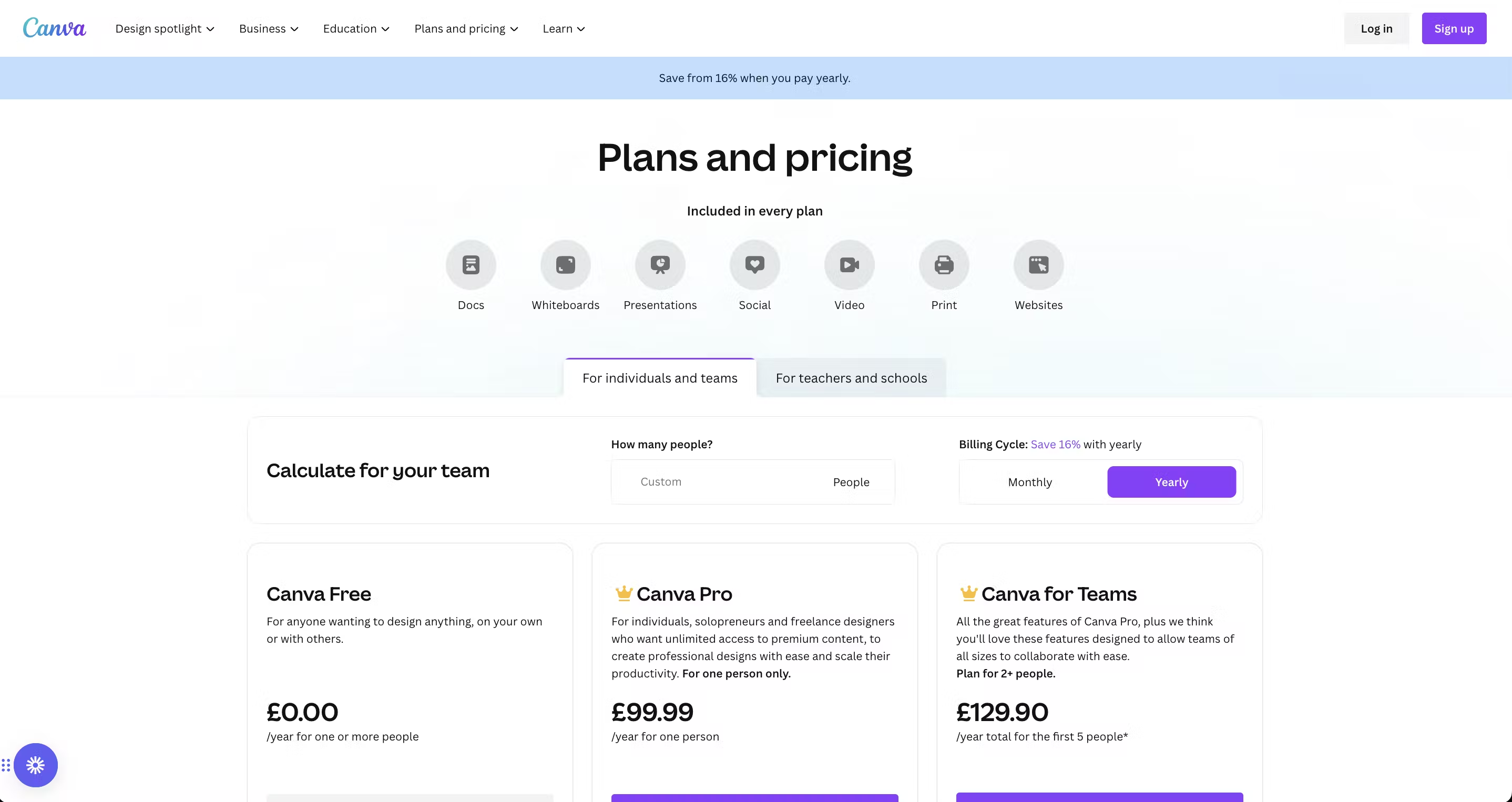#1: Product bundling
We are frequently asked about product bundling and the best ways to implement it - this is when you bundle two or more products together as a package deal.
Bundling allows customers to purchase multiple products or services at a discounted price and in the most cost-effective way based on their needs or wants. For the customer, this shift towards bundling makes it easier to make seamless purchasing decisions, reducing barriers to entry.
For example, offering four point solutions and an all-in-one-bundle at a 30% discount.
Growing SaaS businesses lean more towards product bundling as it leads to revenue growth and increased adoption across the overall product suite. Bundling can also increase the average revenue per user (ARPU), reduce churn rates, and improve customer retention by offering a more comprehensive solution with features they receive value from.
That said, product bundling might not be the best option for your business. Your billing platform needs to be able to facilitate that level of product segmentation or upgrades. Taking customer needs and preferences into account, as well as your pricing strategy and the costs involved in bundling, is important. If the bundle doesn't catch the customer's interest or doesn't align with their needs, it might not boost sales or revenue at all.
You’ll need to make sure you understand what your customers truly value in your product. User data is a good place to start, what features are your customers using or not using? Then consider how you can price your bundles with a discount high enough to attract customers, but not so high that you don't benefit from the increased sales. Looking at your existing KPIs will give you an idea of how profitable each product is on its own and how much wiggle room you have.
Next, consider the customer’s who would most benefit from the product bundles. The more information you have about your customer, the better informed you'll be on how to approach bundled products.

